These amazing at-risk places are now protected by UNESCO
New treasures of the world
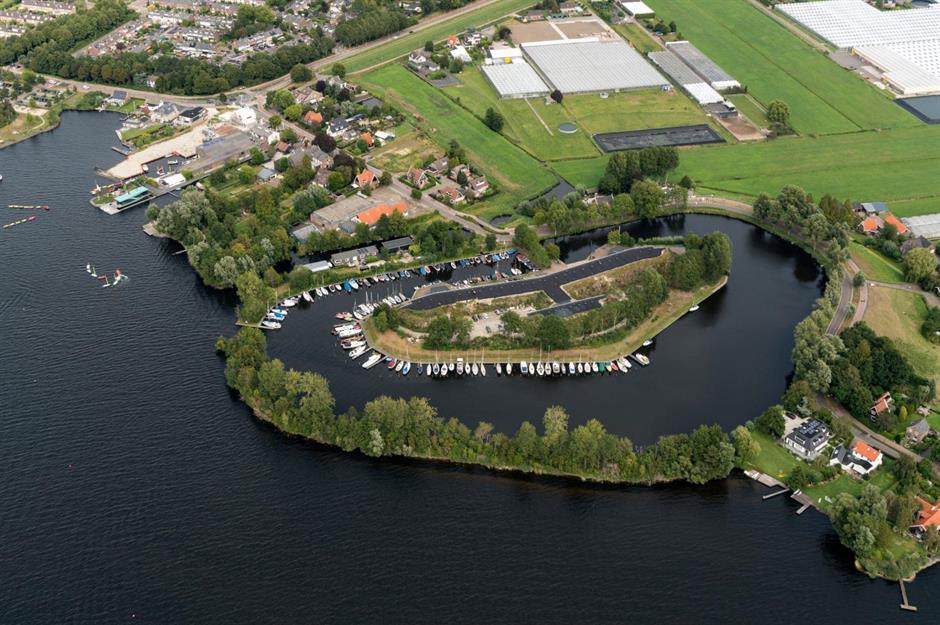
Amami-Oshima Island, Tokunoshima Island, Northern part of Okinawa Island and Iriomote Island, Japan
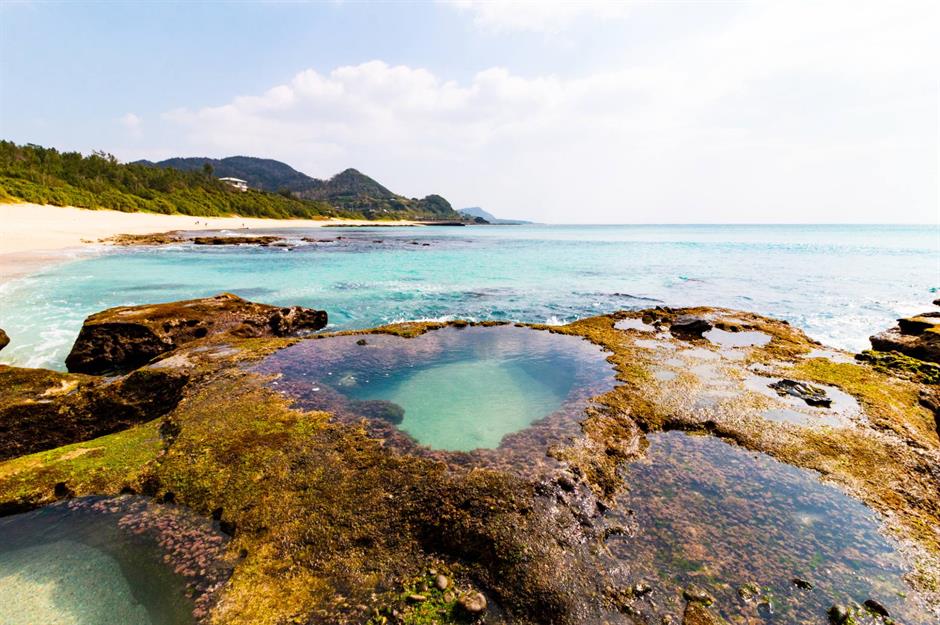
This remote chain of uninhabited islands, situated southwest of Japan, has been selected by UNESCO for its high level of biodiversity. Comprising 42,698 hectares of subtropical rainforest, the region is spread across four isles: Amami-Oshima, Tokunoshima, Iriomote and the northern section of Okinawa. Amid mangrove forests, mountains and rock pools you’ll find species that exist nowhere else on Earth, from the endangered amami rabbit to the ryukyu long-haired rat.
Arslantepe Mound, Turkey
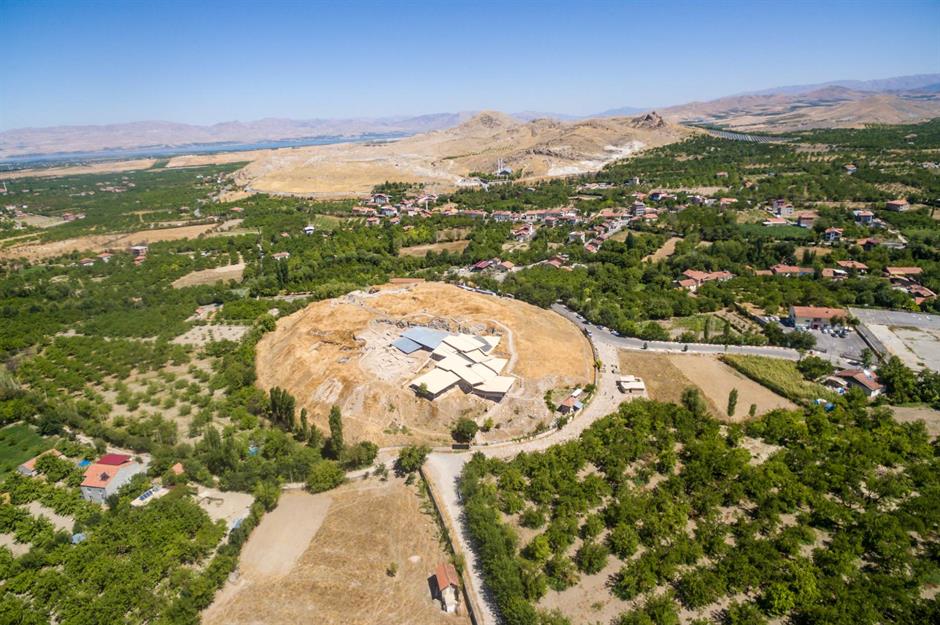
Colchic Rainforests and Wetlands, Georgia
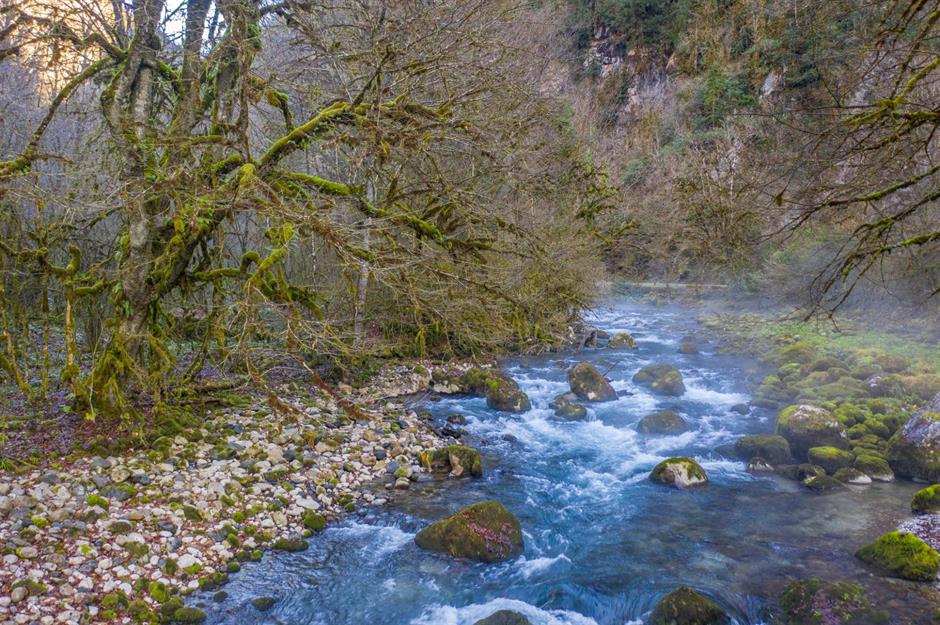
Colonies of Benevolence, Belgium and the Netherlands
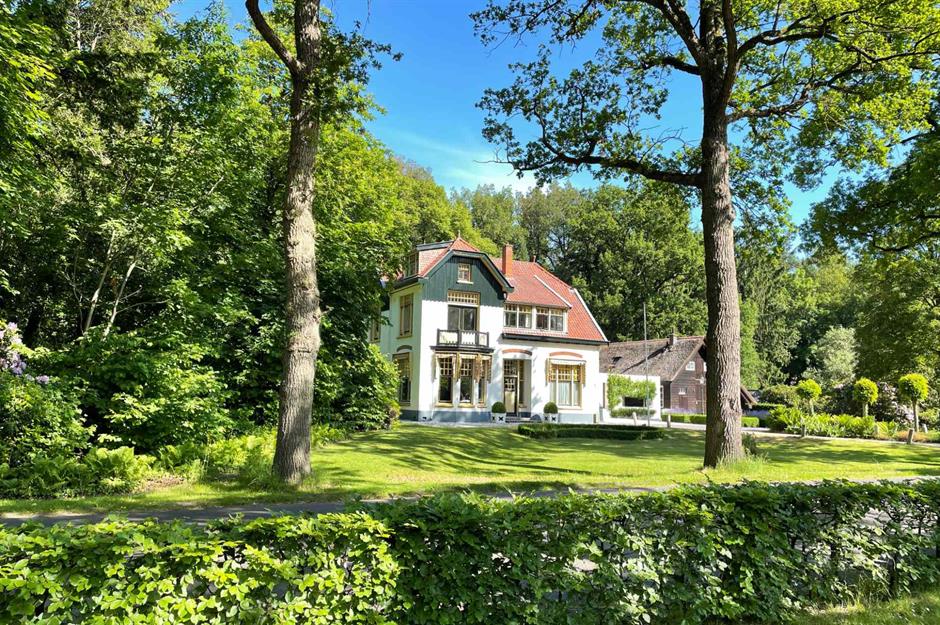
After a failed attempt to add the Colonies of Benevolence to the UNESCO list in 2018, the site was listed for 2021. The World Heritage Site encompasses seven “colonies” across Belgium and the Netherlands, which were set up at the beginning of the 19th century, with the idea of reducing poverty through creating jobs in farming. They include settlements in Frederiksoord (pictured), Wilhelminaoord and Veenhuizen, and a Belgian colony in Wortel.
Love this? Follow our Facebook page for more travel news and inspiration
Cordouan Lighthouse, France

Dubbed the “king of lighthouses”, the Cordouan Lighthouse was built at the end of the 16th century and at the time was seen as a “masterpiece of maritime signaling”, according to the UNESCO committee. The beacon, which is found on a shallow, rocky plinth at the mouth of the Gironde estuary, is covered in detailed gargoyles and engravings.
Getbol, Korean Tidal Flats, South Korea

Ḥimā Cultural Area, Saudi Arabia
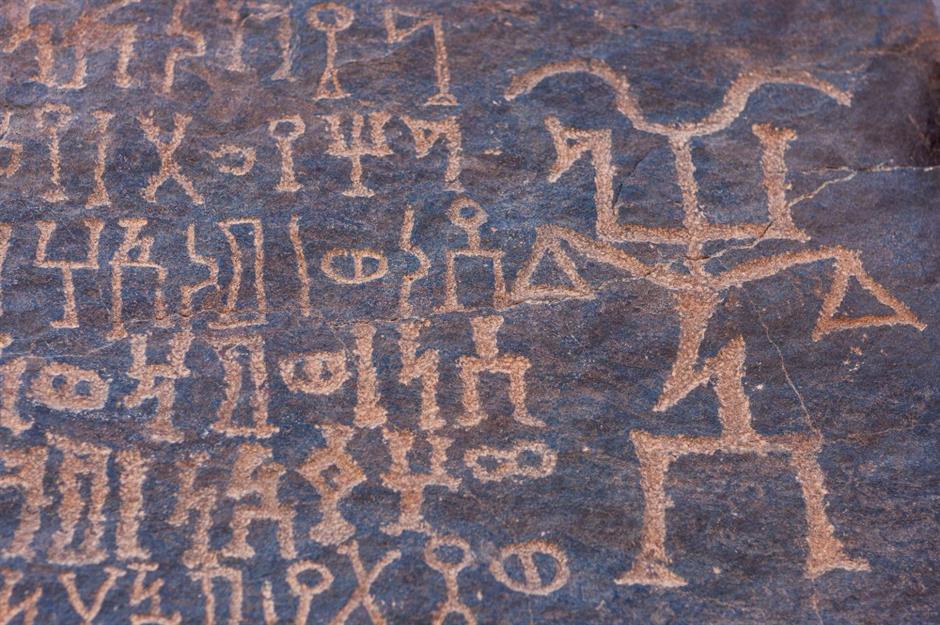
Kaeng Krachan Forest Complex, Thailand
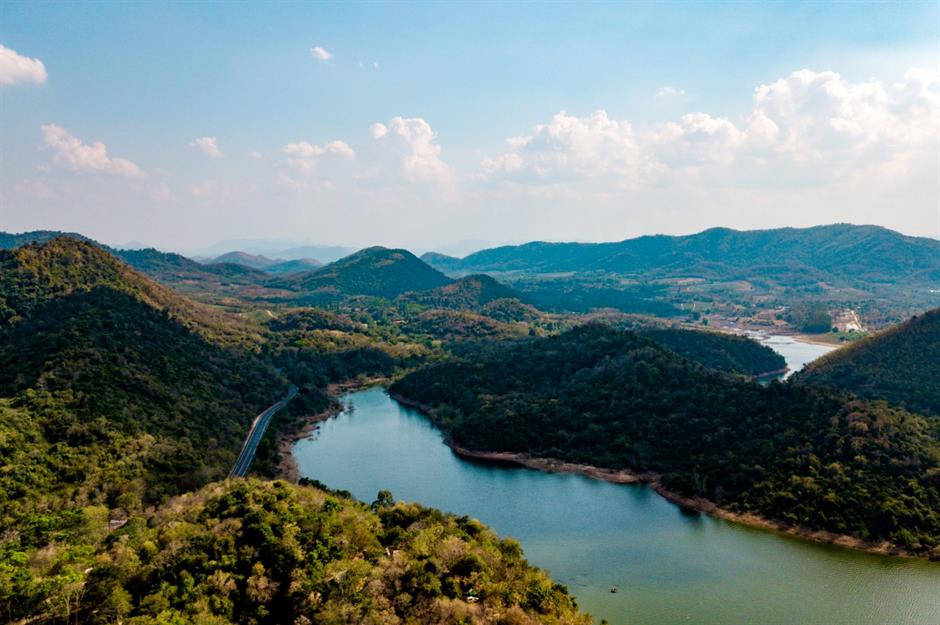
Kakatiya Rudreshwara (Ramappa) Temple, Telangana, India
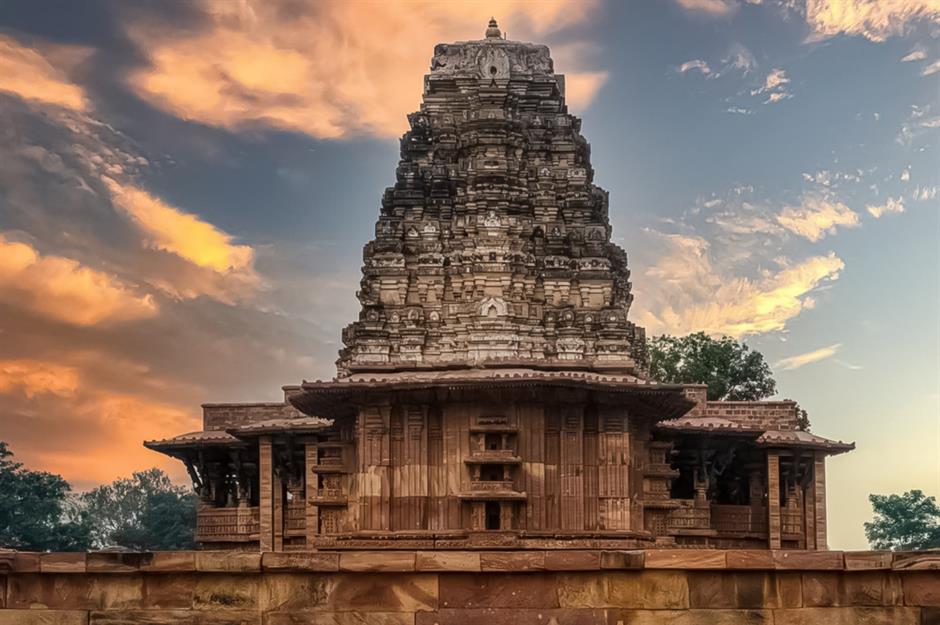
A feat of engineering dating to the 13th century, Telangana’s Kakatiya Rudreshwara Temple (also known as Ramappa Temple) is a beautifully preserved example of Kakatiya Dynasty craftsmanship. The temple complex, which stands on a six-foot (1.8m) tall platform, was designed by an architect called Ramappa. Allegedly, it was made from bricks so light they could float on water.
Mathildenhöhe Darmstadt, Germany
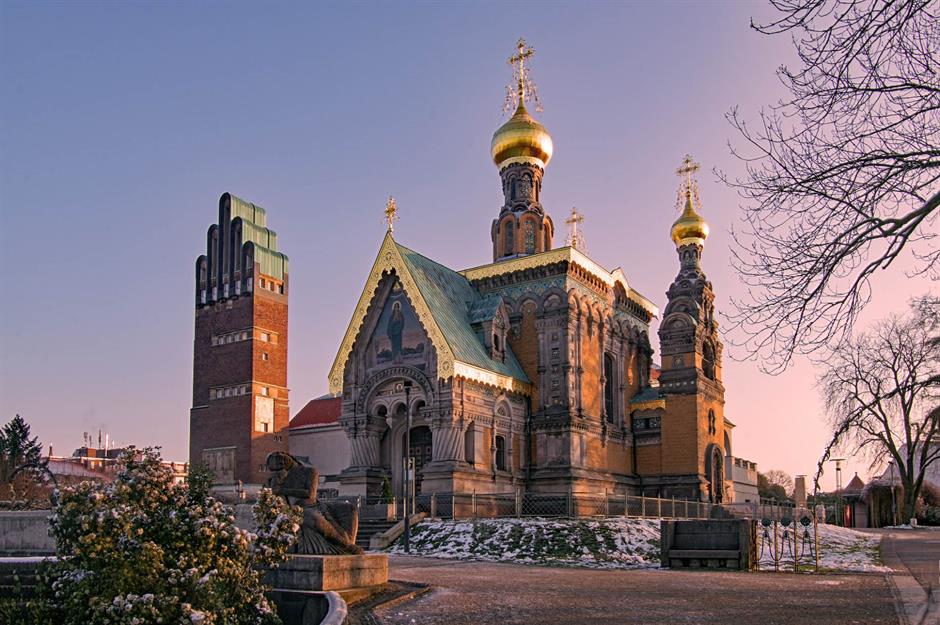
Padua’s 14th-century fresco cycles, Italy
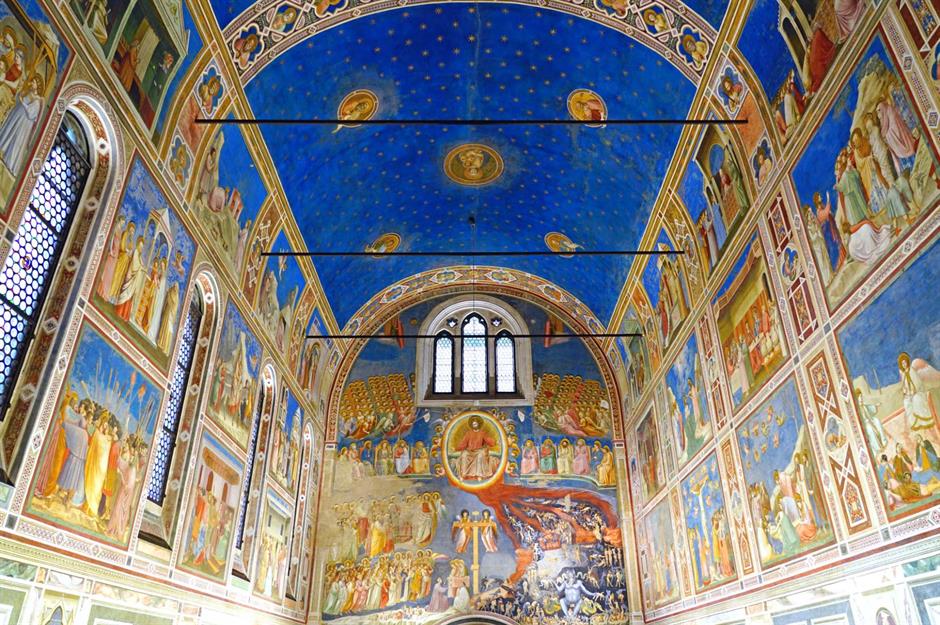
It would be easy to spend hours gazing up at the intricate frescoes housed in eight of Padua’s beautiful buildings. Created in the 13th century, these artworks include a ceiling painted by Giotto in the Scrovegni Chapel (pictured), and frescoes created by Guariento di Arpo and Giusto de’ Menabuoi.
Paseo del Prado and Buen Retiro, a landscape of Arts and Sciences, Spain
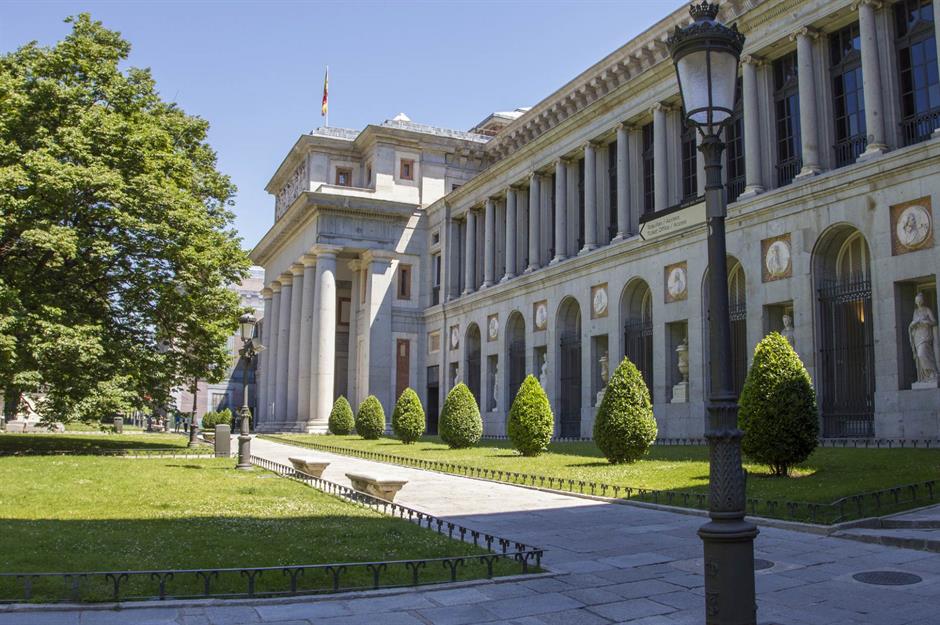
Spain has more than 40 sites on the UNESCO World Heritage List, but up until last year none were in its capital. With the addition of Paseo del Prado and Buen Retiro in 2021, that’s all changed. Paseo del Prado is a tree-lined street with six museums, including the Prado Museum (pictured) as well as historic fountains and squares. Meanwhile Buen Retiro is a 118-hectare park that includes Puerta de Alcalá, an ornate Neoclassical gate.
Quanzhou: Emporium of the World in Song-Yuan China, China
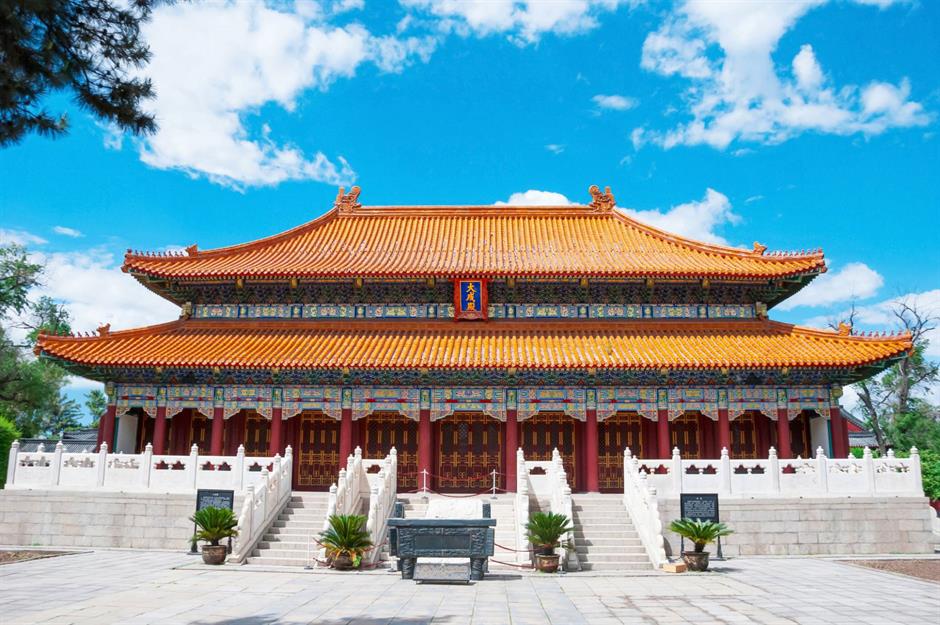
The Great Spa Towns of Europe
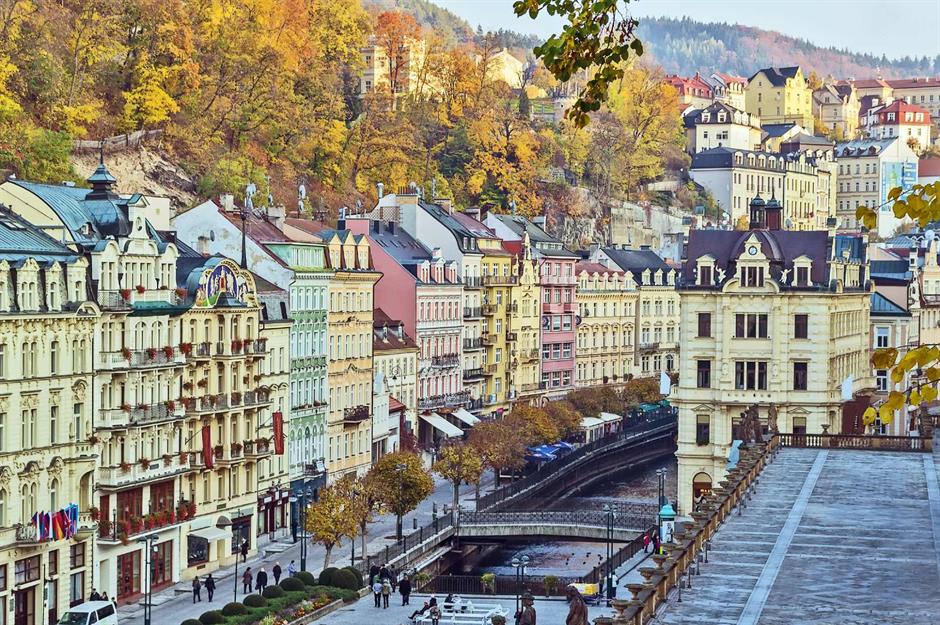
Considered the pioneers of modern spa breaks, 11 “spa towns” across Europe have been recognized by UNESCO in 2021. They include: Karlovy Vary in Czech Republic (pictured), Bath in the UK, Montecatini Terme in Italy, and others in Belgium, Austria, Germany and France. Becoming popular in the 18th and 19th centuries, these towns pioneered a new type of vacation based on health, leisure and luxury.
Trans-Iranian Railway, Iran

Traveling through gorgeous landscapes which include the mountainous Khuzestan region, the Trans-Iranian Railway was considered a masterpiece of engineering when it was completed in 1938. Some 190 tunnels had to be excavated and passes of more than 6,562 feet (2,000m) had to be overcome during the creation of the 865-mile (1,392-km) railroad.
Now read about the world's monuments most in danger of disappearing
As-Salt, Jordan
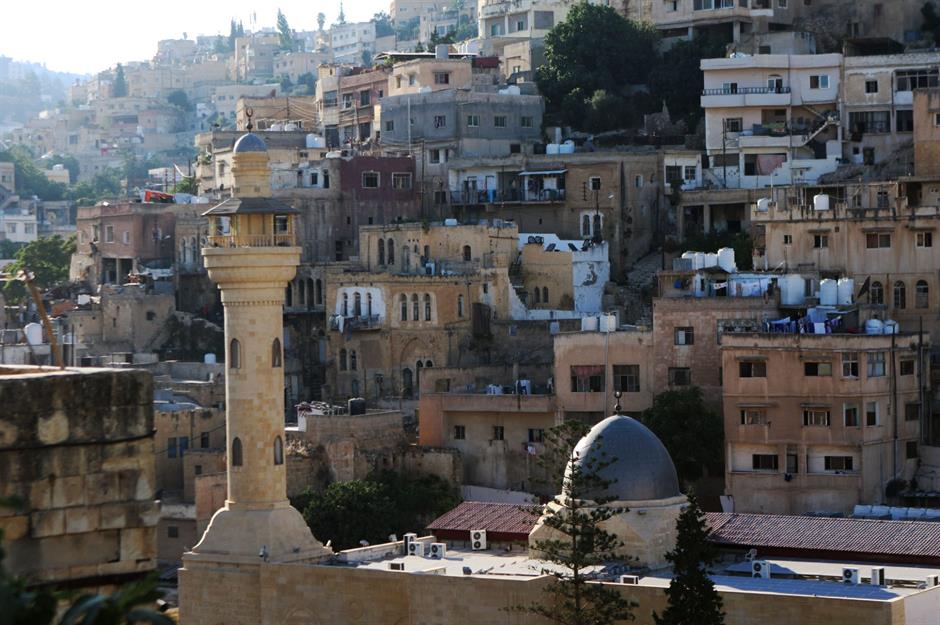
Chankillo Archaeoastronomical Complex, Peru
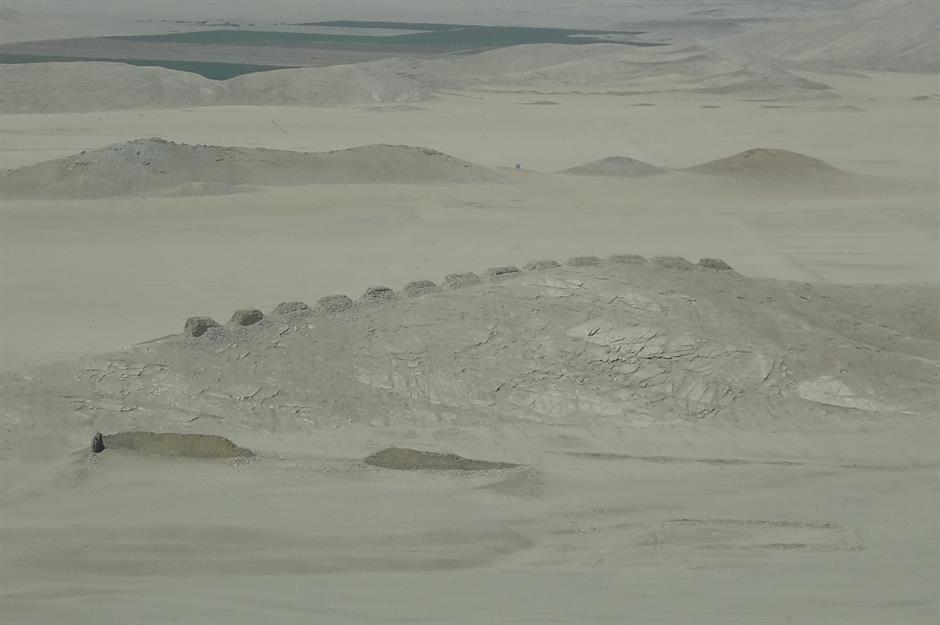
Cultural Landscape of Hawraman/Uramanat, Iran
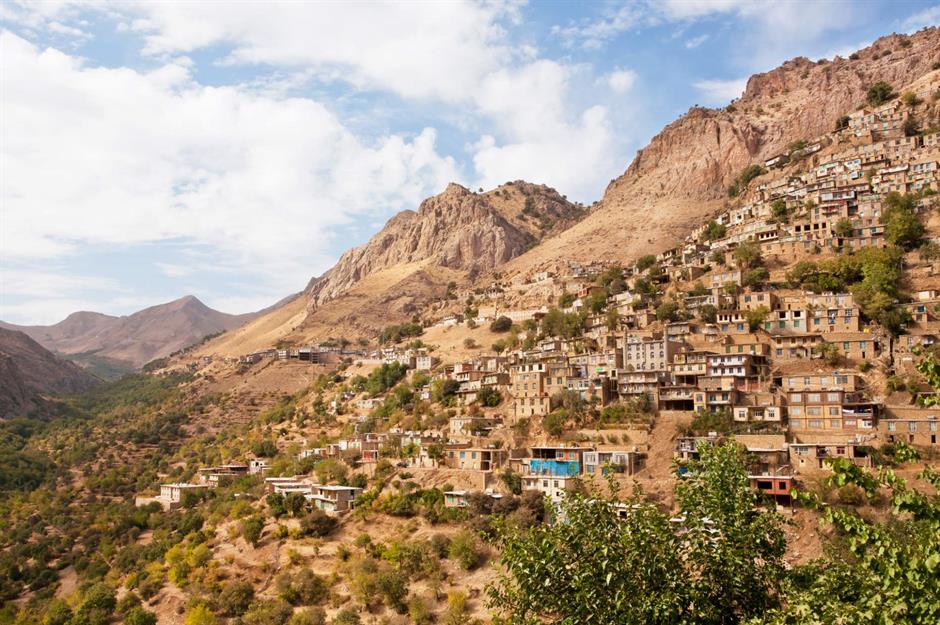
Dholavira: a Harappan City, India

Frontiers of the Roman Empire – The Lower German Limes, Germany and the Netherlands
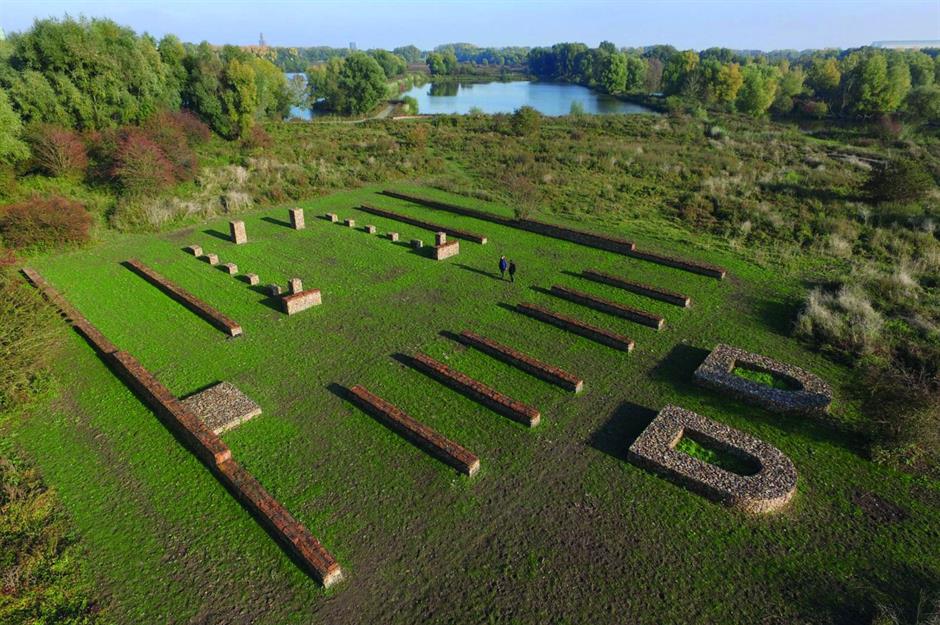
Jomon Prehistoric Sites in Northern Japan
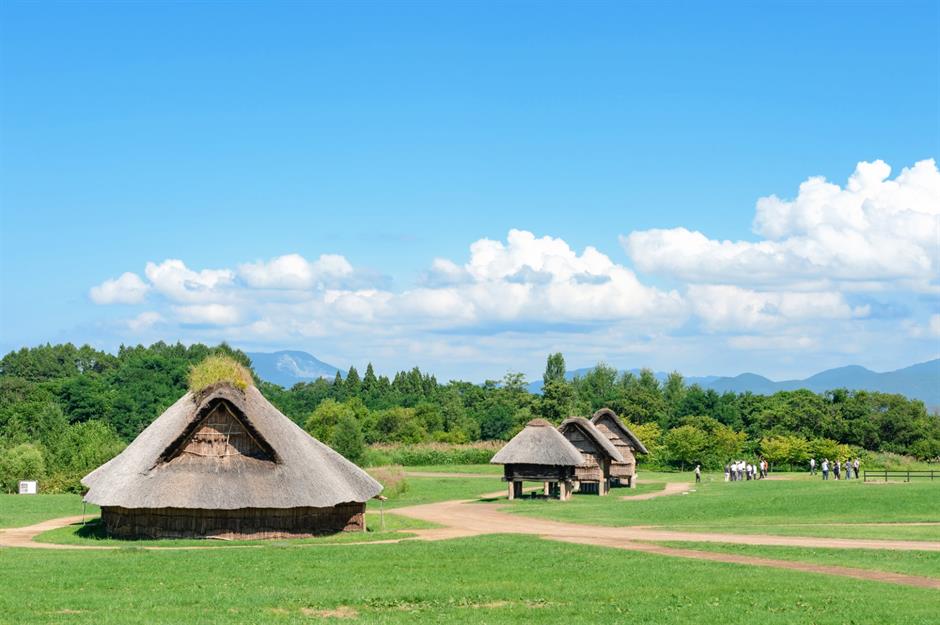
A collection of 17 sites in northern Japan dating back to the Jomon period (13,000-300 BC), these settlements show how the pre-agricultural Jomon culture developed. Sannai Maruyama, pictured, is the largest and best-preserved. Discovered by accident, the village contained more than 700 buildings which were excavated and studied, before it was reburied and its traditional huts were reconstructed.
Roșia Montană Mining Landscape, Romania
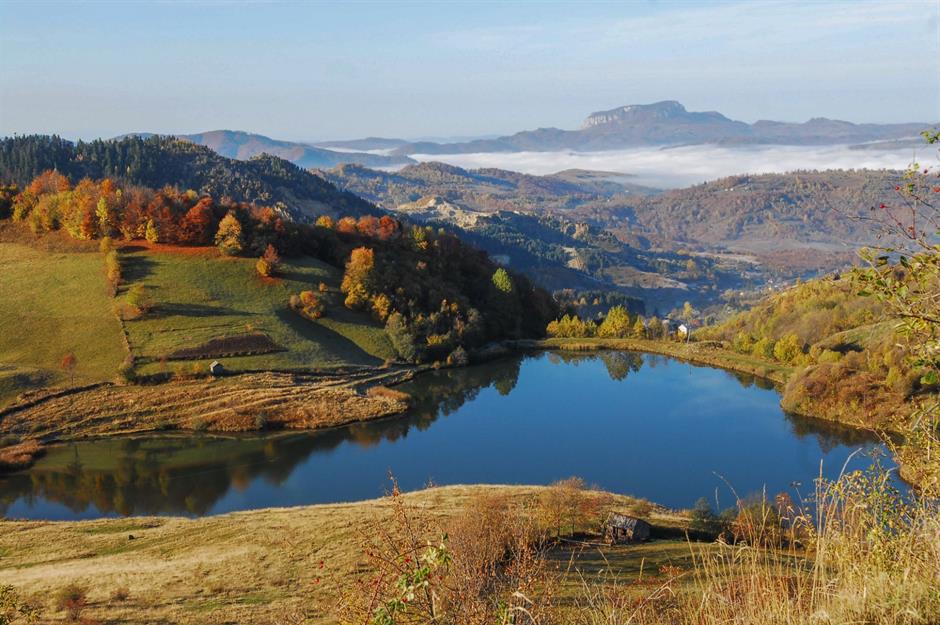
Settlement and Artificial Mummification of the Chinchorro Culture in the Arica and Parinacota Region, Chile
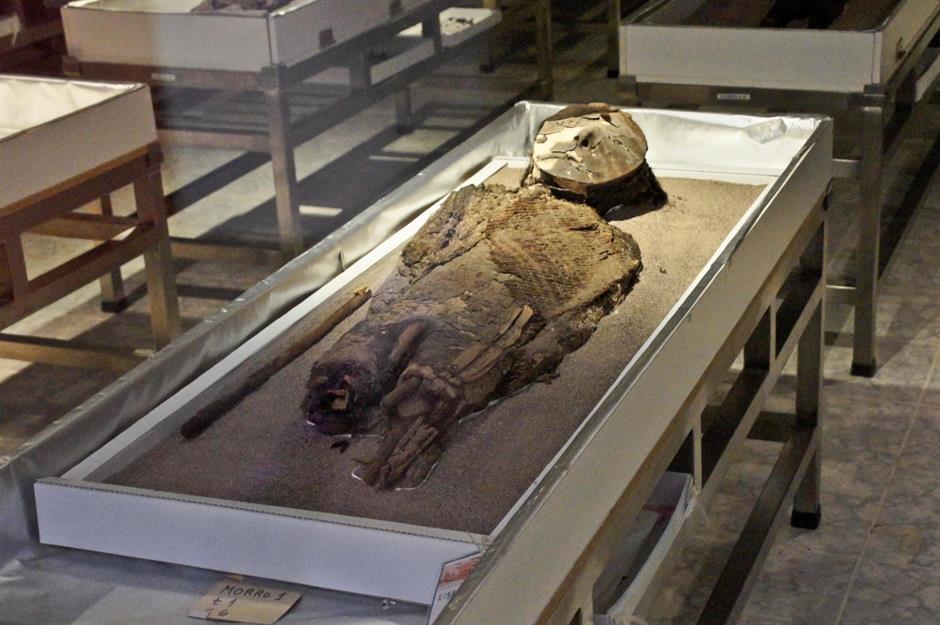
ShUM Sites of Speyer, Worms and Mainz, Germany
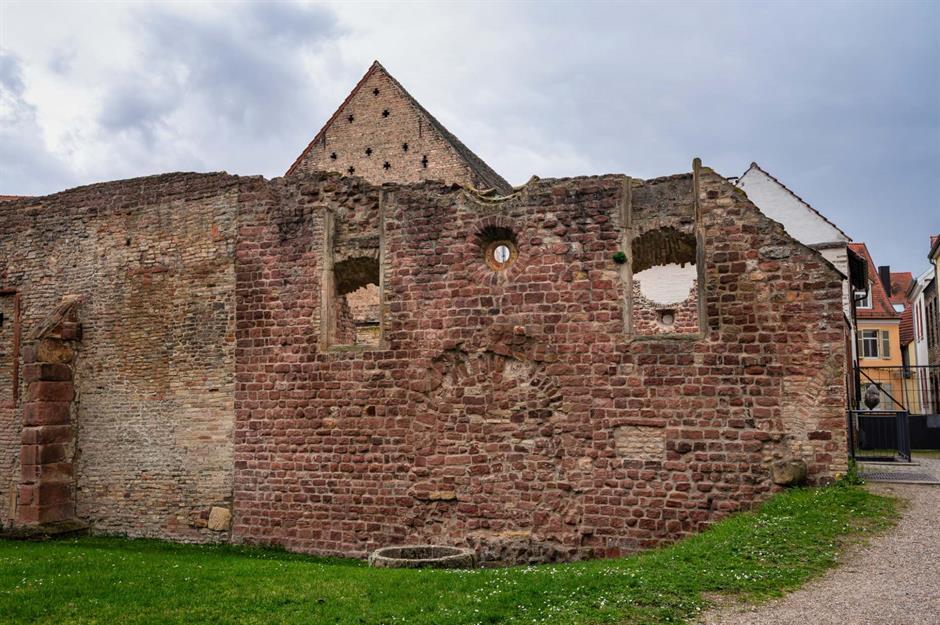
Three former Jewish areas in the German towns of Speyer, Worms and Mainz have also been added to the list. Situated in the Upper Rhine Valley, these cities were once known as “Jerusalem on the Rhine” and were the epicenter of the Jewish faith and culture in Europe in medieval times. Sites under UNESCO recognition include the old synagogue (pictured), mikvah and Jewish courtyard in Speyer, as well as the Old Jewish Cemeteries in Worms and Mainz.
Sítio Roberto Burle Marx, Brazil
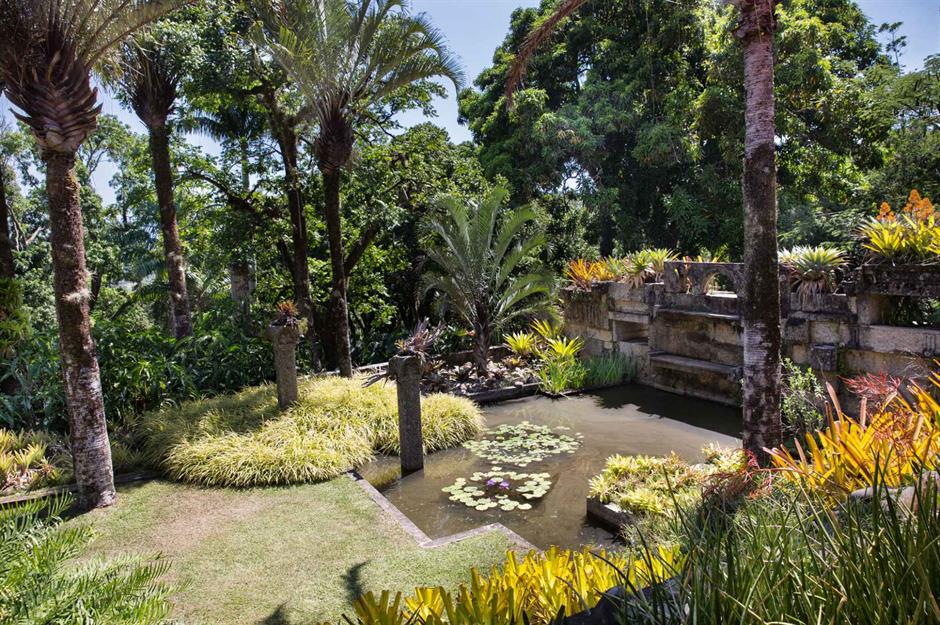
Serving as the outdoor laboratory for 20th-century landscape architect Roberto Burle Marx, the Sítio in Rio de Janeiro’s Barra de Guaratiba neighborhood is home to a spectacular array of plants. In fact, there are more than 3,500 species of tropical and subtropical plants within a 4.4 million square foot (405,000sq m) area, to be precise. The grounds, which include gardens, lakes, several art collections and the former home of Burle Marx, are essential to future education on the influential landscape gardener.
Sudanese style mosques in northern Côte d’Ivoire
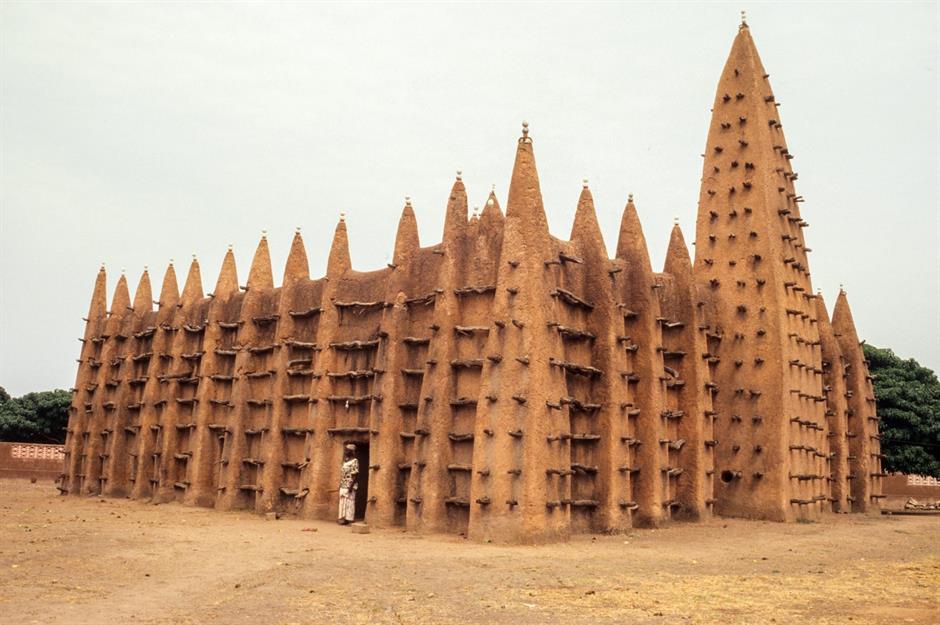
The work of engineer Eladio Dieste: Church of Atlántida, Uruguay
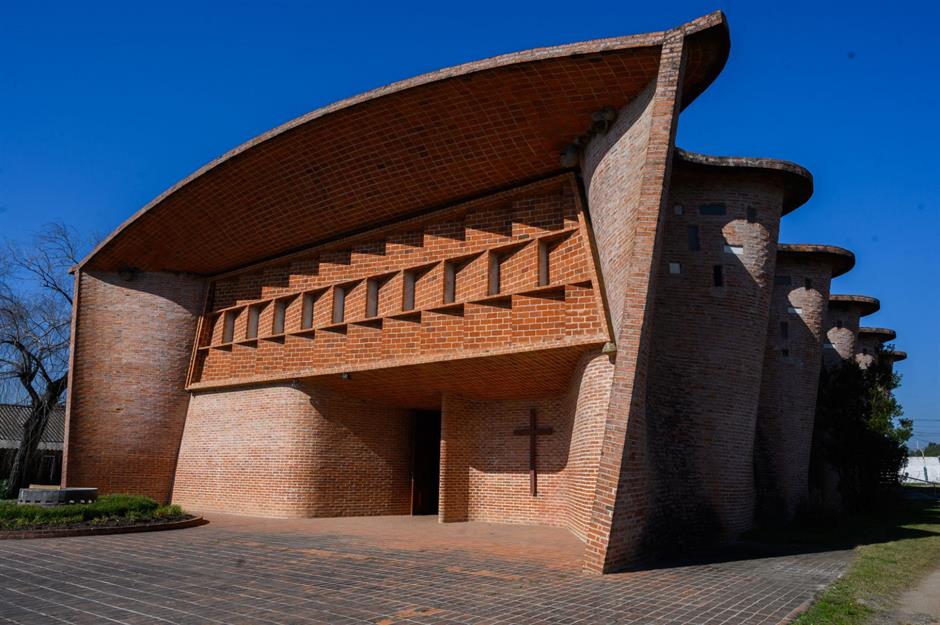
Nice, Winter Resort Town of the Riviera, France
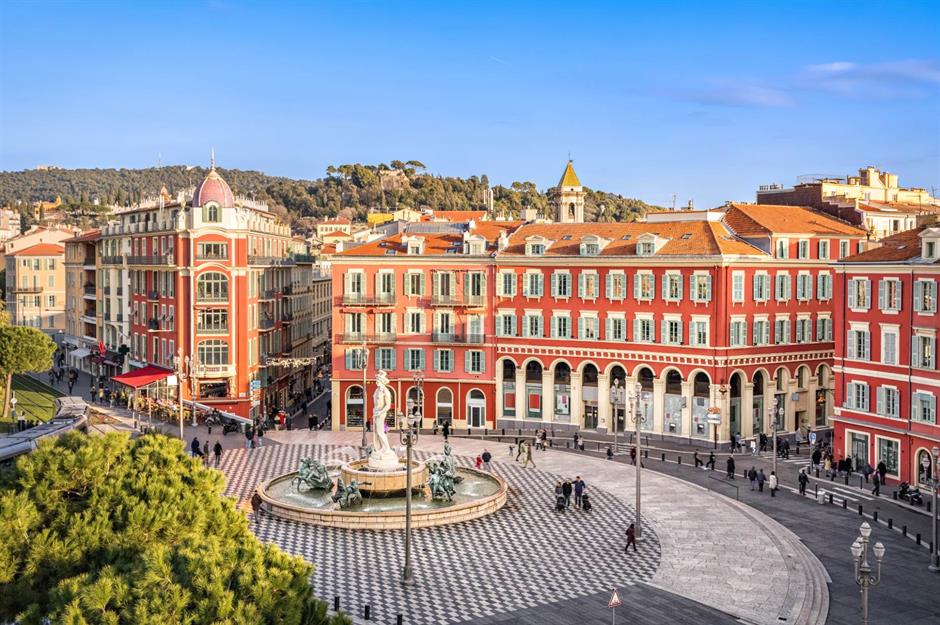
The gorgeous coastal city of Nice in southern France has long lured in visitors seeking sun, sand and sea. But now it’s added another feather to its cap, with UNESCO recognizing Nice for its role as a historic winter resort. Starting in the mid-18th century, a mix of aristocrats and royals began to flock to the town for winter sun, during which time it gained many of its notable features, including the Promenade des Anglais and the Place Masséna (pictured).
Petroglyphs of Lake Onega and the White Sea, Russia
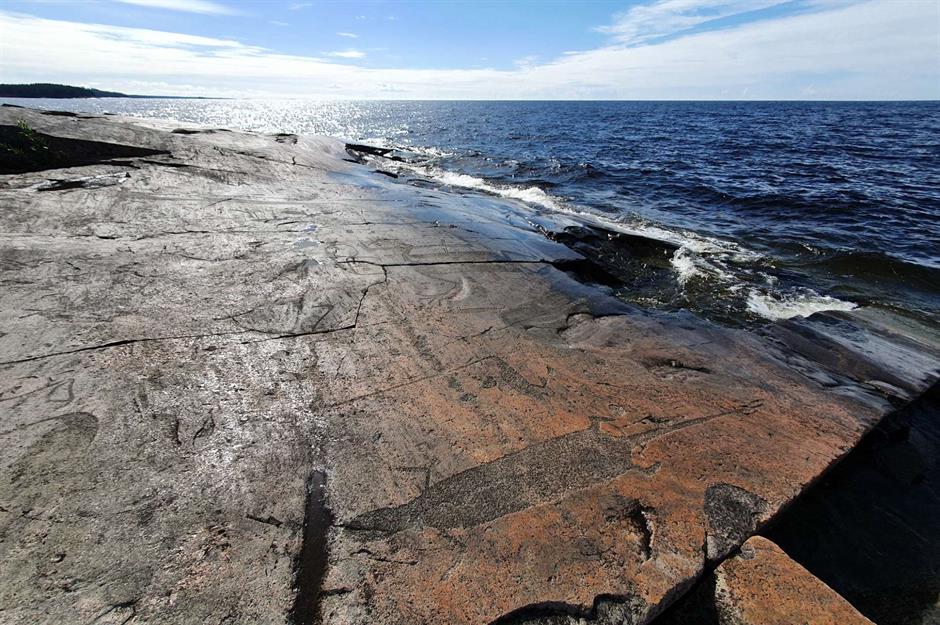
The Porticoes of Bologna, Italy
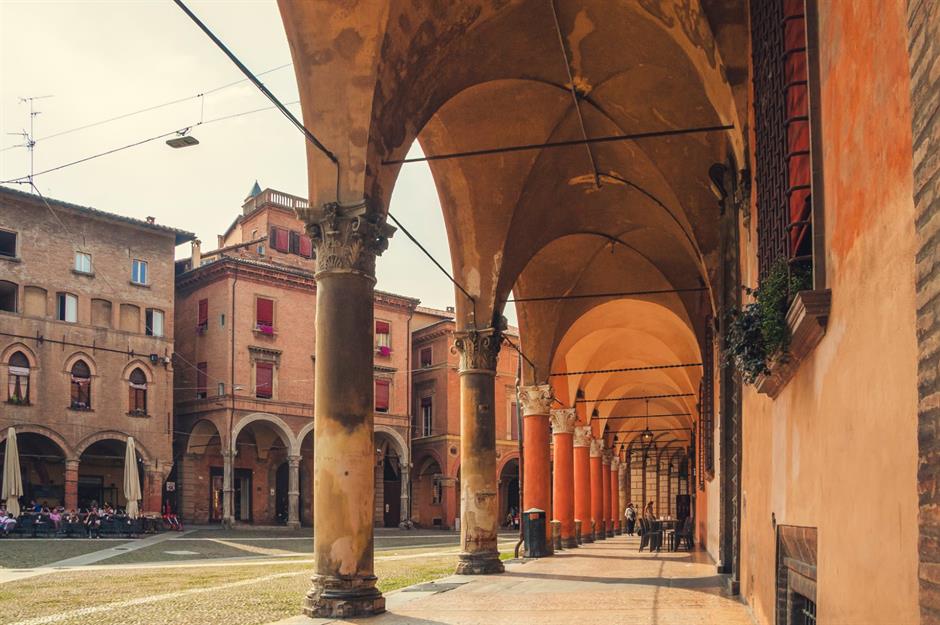
The Slate Landscape of Northwest Wales, UK

A region encompassing the valleys of Snowdonia in the county of Gwynedd, northwest Wales, has become the UK’s 33rd UNESCO World Heritage Site. During the Industrial Revolution (1780–1914), it became a hub for slate mining and was even said to have “roofed the world” during the 19th century, given just how many buildings were decked out with slate from here. It also acted as a blueprint for many slate quarries all over the world.
The works of Jože Plečnik in Ljubljana, Slovenia
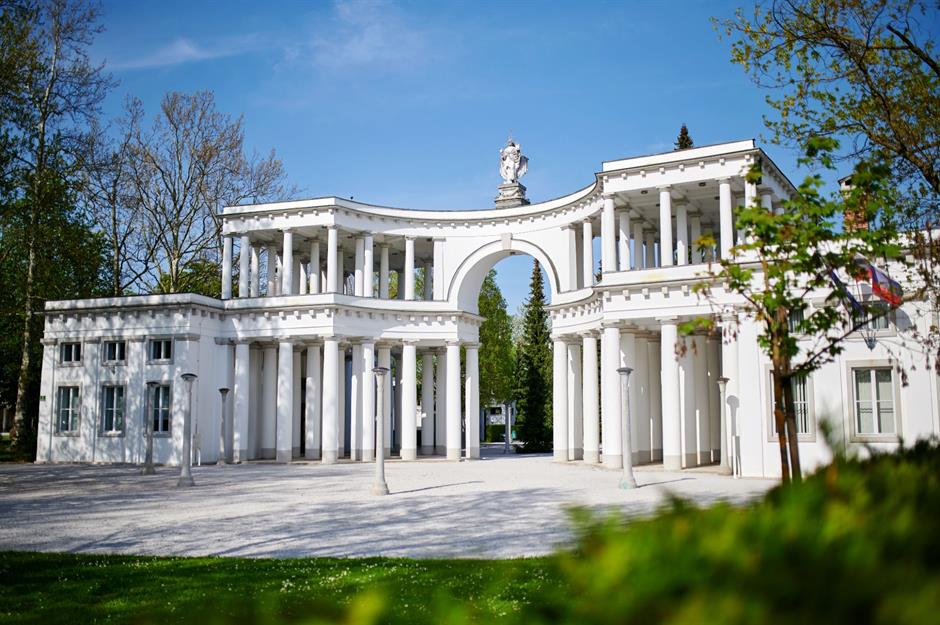
Ivindo National Park, Gabon
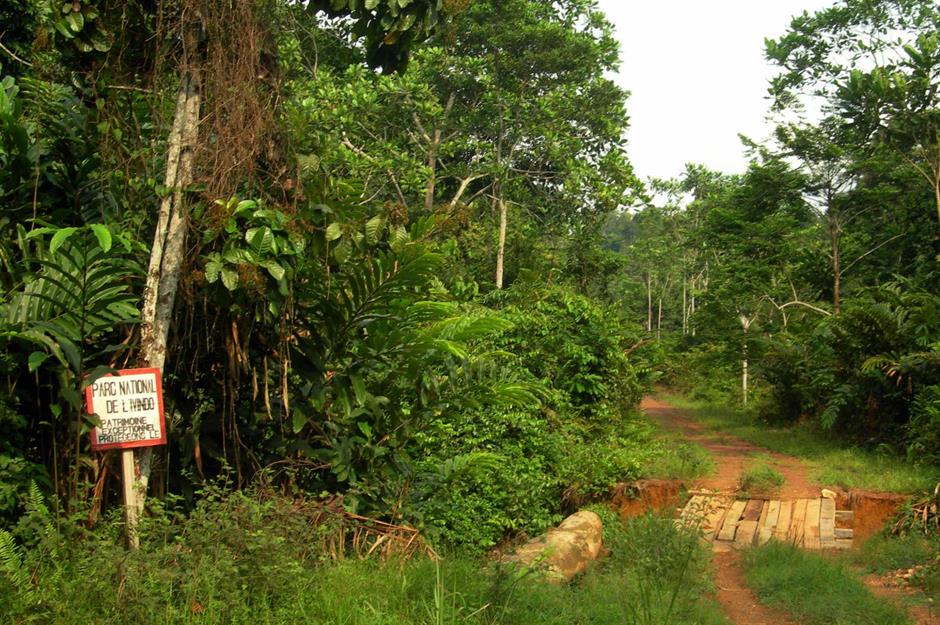
Dutch Water Defence Lines, Netherlands
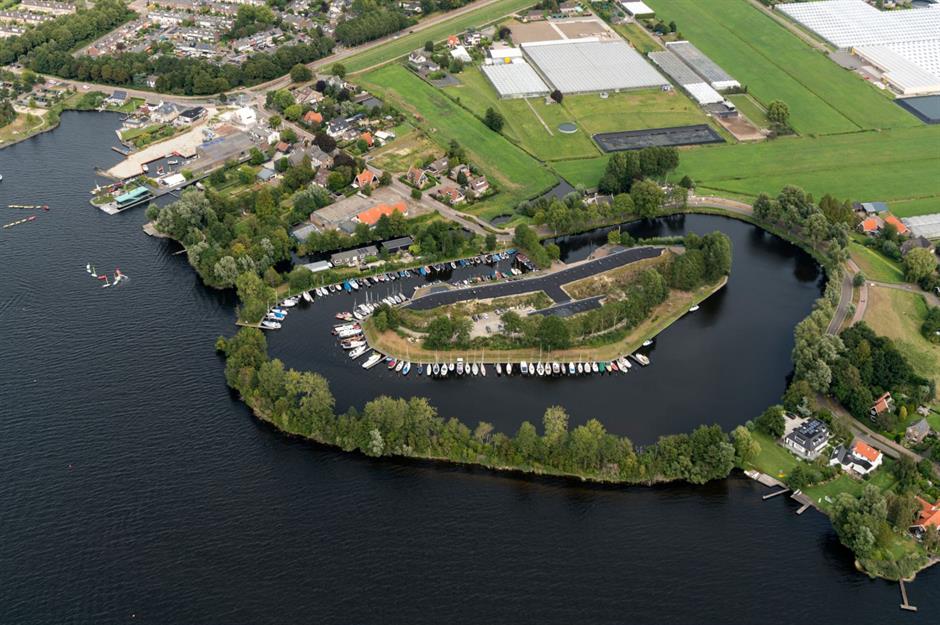
Created between 1815 and 1940, the Dutch Water Defence Lines were developed to protect the country from flooding. This 124-mile (200km) long network of dikes, forts, pumping stations, canals and sluices allowed for controlled, temporary flooding and served as a crucial element of the Dutch defense system. Today, it’s also a very scenic spot, popular for hiking, cycling and boating.
Comments
Be the first to comment
Do you want to comment on this article? You need to be signed in for this feature